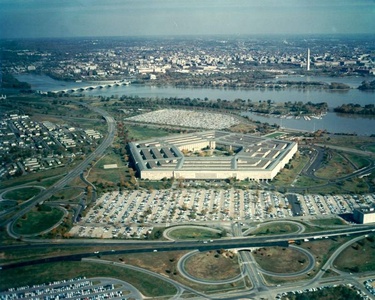Israeli Military Revises Account of Gaza Emergency Worker Killings
The Israeli military revises its account of the fatal shooting of 15 Gaza emergency workers, contradicting initial claims with new evidence and testimony.
 A white bus parked next to a blue and white sign photo by (@Emad el byed) (Unsplash)
A white bus parked next to a blue and white sign photo by (@Emad el byed) (Unsplash)The Israeli military has altered its initial narrative of the fatal shooting of 15 emergency workers near Rafah, southern Gaza, on March 23. The incident, which also left one person missing, initially led the military to claim soldiers fired on vehicles approaching their position suspiciously without lights or markings. However, new evidence from a video recovered from one of the victims' phones and testimony from survivor Munther Abed, a Palestinian Red Crescent paramedic, contradicts this account.
The video shows emergency responders in uniform and clearly marked vehicles with lights on being fired upon by soldiers. Abed corroborated this, stating soldiers targeted marked emergency vehicles. An Israeli military official acknowledged the initial report's discrepancies, attributing them to an error by the field reporter. Investigators are examining operational information to understand the mistake.
The military investigation has identified at least six of the 15 victims as militant group members, but no evidence supports this claim. The United Nations and Palestinian Red Crescent demand an independent inquiry. White House spokesperson Brian Hughes attributed responsibility to Hamas, citing their use of ambulances as human shields.
Seventeen paramedics and emergency workers responded to Israeli air strike reports. Only one survivor, Abed, was detained and later released; another worker remains missing. The UN indicates Israeli forces killed one team, with other crews targeted while searching for missing colleagues.
The military initially stated troops fired on a vehicle at 4 a.m., killing two Hamas internal security forces members, and taking another prisoner who admitted to being in Hamas. At 6 a.m., troops received aerial surveillance warnings of approaching vehicles and opened fire from a distance. The military denies close-range shots or handcuffing paramedics.
The military informed the UN of the incident, covering bodies with camouflage netting and later sand to prevent animal scavenging. Vehicles were pushed aside to clear the road but were crushed and buried without explanation.
The UN confirmed receiving information about the bodies' location but was denied access for several days. The incident highlights ongoing tensions and controversies surrounding the Israeli-Palestinian conflict.




.jpg)

.jpg)
Conversation